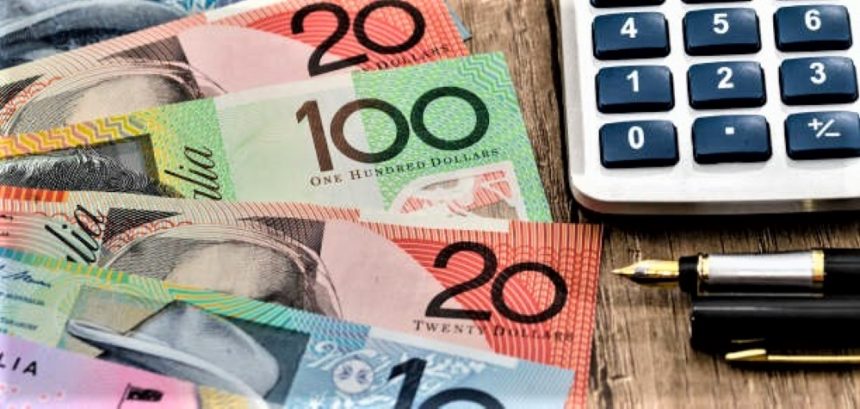Australian dollar has recovered its recent losses.
Despite softer-than-expected Australian consumer inflation statistics issued on Wednesday, the Australian Dollar (AUD) retraces its recent losses. However, the AUDUSD pair lost ground in the previous session as the US Dollar (USD) strengthened due to risk-off sentiment.
Australian Monthly CPI (YoY) fell to 4.3% in November, compared to the market’s forecast of 4.4%.
Australia’s economic data paint a mixed picture, with the Monthly Consumer Price Index (YoY) for November falling slightly short of the market’s forecast of 4.4% from the previous figure. of 4.9%. This shows a little reduction in the country’s year-on-year inflationary pressures.
On Tuesday, Australian Retail Sales (MoM) climbed, indicating greater consumer spending. Furthermore, contrary to expectations, the monthly Building Permits statistics increased. Positive trends in retail sales and building permits indicate that the domestic economy is resilient.
The release of December Australian Trade Balance figures on Thursday is expected to show an increase from 7,129 million to 7,500 million. A favorable trade balance could signal stronger export performance, which would benefit the overall economic outlook.
Despite low US bond yields, the US dollar rose on risk-off sentiment.
The US Dollar Index (DXY) is moving flat after making gains amid lower US Treasury yields on Tuesday. However, the risk-on mood sparked by Federal Reserve (Fed) members’ speculative remarks Rate cuts by the end of 2024 may have limited the US Dollar’s profits.
Traders are looking forward to the release of the US Consumer Price Index (CPI) data for December on Thursday. This economic indicator is critical for evaluating inflationary pressures and has the potential to considerably affect market expectations about the Fed’s monetary policy stance.
Daily Market Movers: The Australian Dollar faces headwinds due to risk-off sentiment.
The seasonally adjusted Retail Sales (MoM) for November in Australia increased by 2.0% instead of the projected 1.2%, reversing the previous 0.2% fall.
Australia’s Building Permits (MoM) fell to 1.6% from 7.5% the previous year, compared to a 2.0% drop predicted.
Zhongzhi Enterprise Group, a Chinese wealth manager, has filed for bankruptcy liquidation, citing huge debts. Liabilities total $64 billion.
Atlanta Fed President Raphael W. Bostic stated on Monday that inflation has fallen more than expected and that he expects two quarter-point cuts by the end of 2024. Bostic expressed satisfaction with the present rate level and stressed the necessity of giving the Fed’s tight policy time to work on lowering inflation.
US Fed Governor Michelle W. Bowman stated that if the policy rate remains unchanged for some time, inflation could fall further. Bowman believes that the current policy stance is appropriately restrictive, but that lowering the Fed’s policy rate may become necessary if inflation falls closer to the 2% target.
Nonfarm payrolls in the United States increased to 216K in December, up from 173K in November. In November, it was reported. This amount exceeded the market’s anticipation of a 170K increase.
Year on year, average hourly earnings in the United States increased to 4.1% from 4.0% previously. Meanwhile, the monthly index stayed stable at 0.4%, despite a projected fall of 0.3%.
The US ISM Services Purchasing Managers Index (PMI) was 50.6, compared to 52.6 and 52.7 previously. While the Services Employment Index fell to 43.3 from 50.7 previously,









